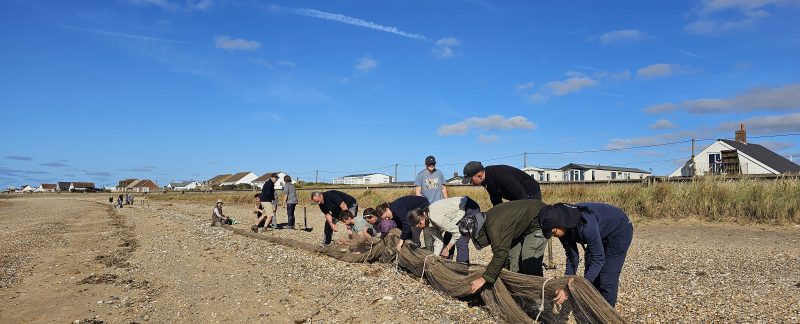Friday 1 November
By early Friday afternoon the trip members started to assemble at the base house, joining Cathy and Hilary who had opened up the house. Unfortunately, due to illness the team was smaller than planned. Molly, Cathy and Flo treated the trip members to an excellent meal of veggie chilli and jacket potatoes (in spite of having to cope with the challenge of a lack of chilli powder).
Following the meal, Molly and Ryan gave a briefing. They explained that while Hilary, Cathy and Rob did see birds, the number catchable was only just into double figures, so they were not sufficient to offer any cannon-netting options on Saturday morning. Therefore, the focus on the Saturday morning would be resighting, with some of the trip leaders also carrying out recces to see what the best options for mist-netting on the Saturday afternoon would be and if there was any possibility of cannon-netting on the Sunday morning.
Continue Reading →




